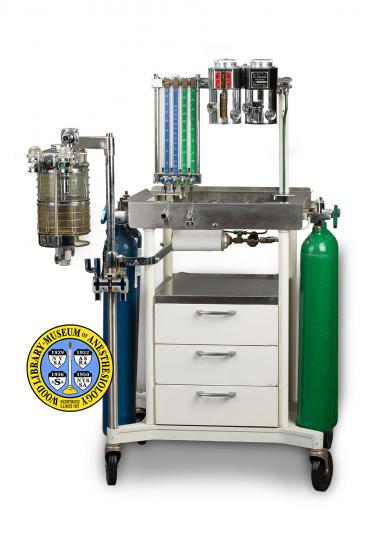
A randomized comparison between records made with an anesthesia information management system and by hand, and evaluation of the Hawthorne effect. doi: 10.1213/01.8.Įdwards K, Hagen S, Hannam J, Kruger C, Yu R, Merry A. An observational study of anesthesia record completeness using an anesthesia information management system. Technology Diffusion of Anesthesia Information Management Systems into Academic Anesthesia Departments in the United States. Anesthesia information management systems: past, present, and future of anesthesia records. Kadry B, Feaster W, Macario A, Ehrenfeld J. Originally published in JMIR Human Factors (). ©Man-Kei Tse, Simon Y W Li, Tsz Hin Chiu, Chung Wai Lau, Ka Man Lam, Chun Pong Benny Cheng.

AIMSs are effective in reducing anesthetists' workload and improving the quality of their anesthetic record keeping, without compromising vigilance.Īnesthesia information management system automated record keeping mental workload situation awareness vigilance. Our findings suggest that it is promising for AIMS use to become a mainstay of anesthesia record keeping. However, the result for situation awareness accuracy was inconclusive as the study did not have enough power to detect a difference between the two conditions.
Anesthesia simulator recorder manual#
With regard to the primary outcomes, there was no significant difference in participants' vigilance detection accuracy (AIMS, 56.7% vs manual, 56.7% P=.50), and subjective mental workload was significantly lower in the AIMS condition than in the manual condition (AIMS, 34.2 vs manual, 46.7 P=.02). The three primary outcomes were participants' (1) vigilance detection accuracy (%), (2) situation awareness accuracy (%), and (3) subjective mental workload (0-100). Participants took over a case involving general anesthesia for below-knee amputation surgery and performed record keeping. Twenty anesthetists at a tertiary hospital in Hong Kong were randomly assigned to either the AIMS or manual condition, and they participated in a 45-minute scenario in a high-fidelity simulation environment.
Anesthesia simulator recorder trial#
This simulation study was a randomized controlled trial with a parallel group design that compared the effects of two record-keeping methods (AIMS vs manual) on anesthetists' monitoring performance. This study aimed to compare the effects of AIMS use and manual record keeping on anesthetists' monitoring performance, using a full-scale high-fidelity simulation. However, only a handful of studies have examined the effects of AIMSs on anesthetists' monitoring performance.

Anesthesia information management systems (AIMSs) automatically import real-time vital signs from physiological monitors to anesthetic records, replacing part of anesthetists' traditional manual record keeping.


 0 kommentar(er)
0 kommentar(er)
